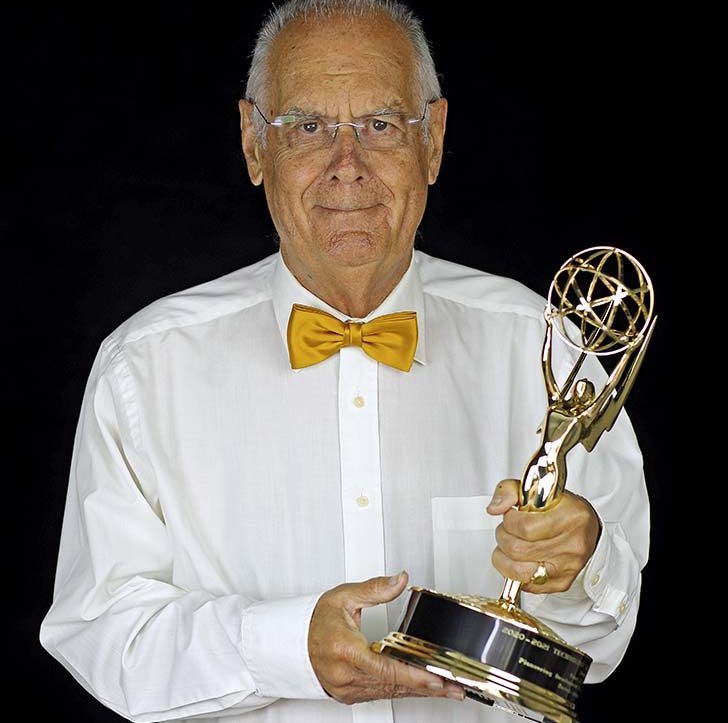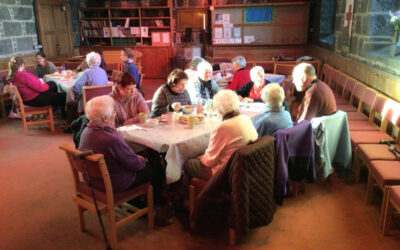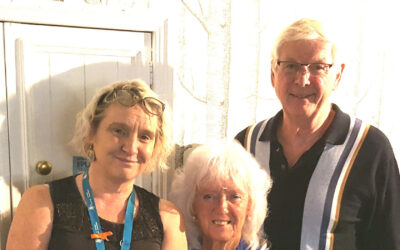Rotarian Peter JW Noble has received a Technology and Engineering Emmy Award from the National Academy of Television Arts and Sciences.
Peter joined the Rotary Club of Dorchester in 1983 and became Club President in 1991. He then received the role of District Governor (DG) in 2012.
During his role as DG, he pushed the creation of new clubs and persevered in helping new members to join to further club growth.
When his DG role came to an end, Peter decided to start a new club in 2014 which he later joined called the Rotary Club of Dorchester Poundbury.
I am humbled by the award, which is due to the work we carried out towards the end of the 1960s, and into the ’70s.”
Peter was extremely surprised to have received the award and initially thought that it was a prank that his colleagues were playing on him.
He was extremely humbled by the award.
Peter said: “I am humbled by the award, which is due to the work we carried out towards the end of the 1960s, and into the ’70s.


Peter noble holding his Emmy Award.
“I demonstrated the very first digital image sensor in Dorchester in 1973.”
The citation reads for ‘pioneering development of Early MOS-based Image Sensors’.
Peter started this work on May 1st, 1966, with the first scientific paper describing the self-scanned array, or as it is now known, the image sensor in April 1967.
He is currently writing an anthology of the origins of MOS-based image sensors, featuring the original papers.”
It has taken another 25-30 years to develop the technology by hundreds of others to reach a stage where cameras of all types use the technology.
He is currently writing an anthology of the origins of MOS-based image sensors, featuring the original papers, and including alternative methods to achieve the same result.
The Science Museum has the original papers, personal notes, and book, and the only known original chip of a 4,000-pixel array.










